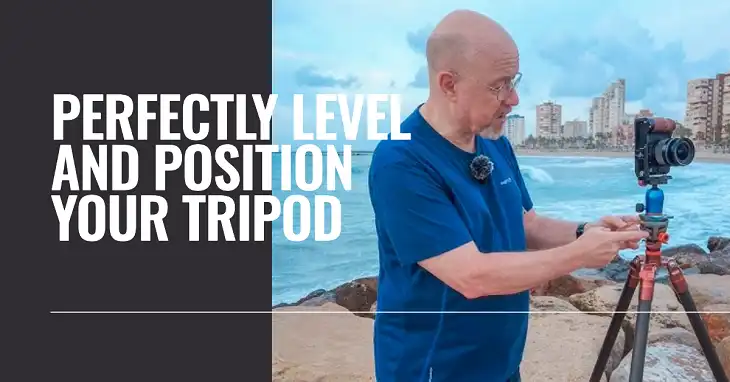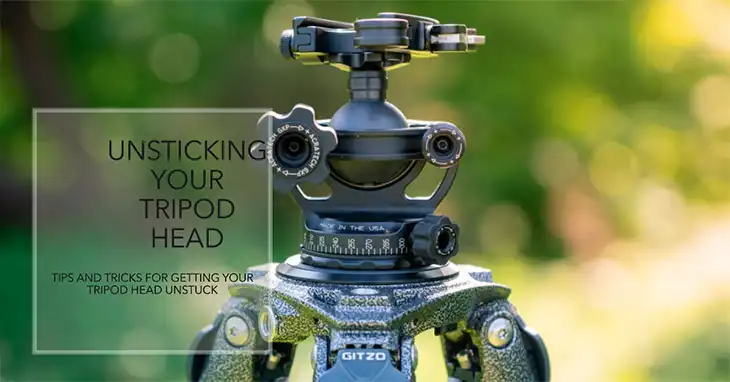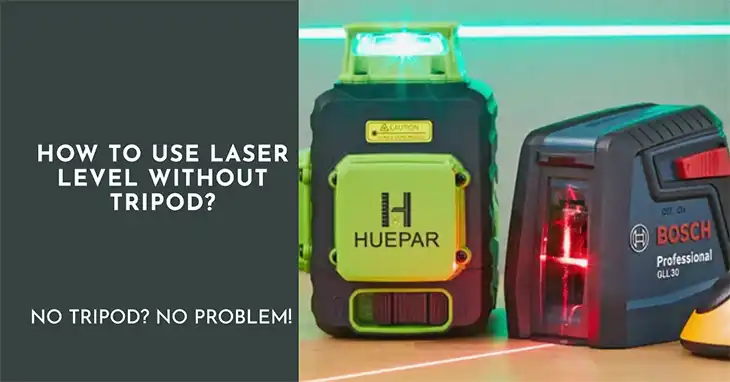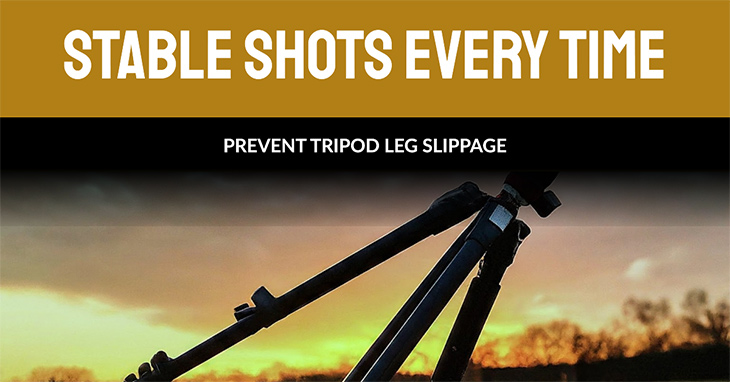Shoulder Rig vs Gimbal: Comprehensive Comparison for Filmmakers
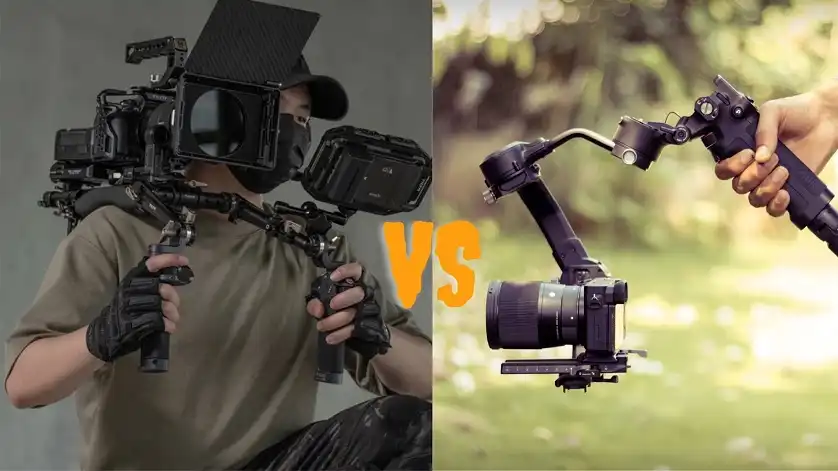
A shoulder rig offers mechanical stabilization through body support and counterweights, while a gimbal provides electronic 3-axis stabilization using motors and sensors. Shoulder rigs typically cost $200-800 and are ideal for long shoots, while professional gimbals range from $500-2000 and excel at smooth dynamic movements.
The choice between shoulder rigs and gimbals can significantly impact your videography quality. In 2023, the global camera stabilizer market reached $4.8 billion, with electronic gimbals claiming 62% of the market share. Let’s explore these essential tools in detail.
Key Differences at a Glance
| Feature | Shoulder Rig | Gimbal |
| Stabilization Type | Mechanical | Electronic (Motor-driven) |
| Power Requirement | None | Battery-powered |
| Learning Curve | Moderate | Steep |
| Setup Time | 2-5 minutes | 5-15 minutes |
| Weight Capacity | 2-15 lbs | 2-12 lbs |
| Price Range | $200-$800 | $500-$2,000 |
| Shooting Style | Documentary, Run-and-Gun | Cinematic, Dynamic Motion |
What is a Shoulder Rig?

A shoulder rig is a support system that mounts on your shoulder, giving you better control over the camera. It’s designed for handheld shooting, offering a more natural and rugged feel to your footage. A typical shoulder rig comes with handles, a counterweight, and sometimes a follow focus or matte box.
Key Features:
- Ergonomic Design: Designed to rest on your shoulder, distributing weight and allowing long-duration shooting without arm fatigue.
- Natural Handheld Look: Delivers a slightly shaky but intentional “human” feel that works well in documentaries, indie films, or projects that aim for a more personal touch.
- Customization: Highly customizable with various accessories like follow focus, matte boxes, and monitors.
What is a Gimbal?

A gimbal is a motorized stabilization system that helps maintain a steady shot regardless of your movement. It utilizes brushless motors to counteract any camera shake, offering silky-smooth motion. Gimbals have become increasingly popular due to their effectiveness in creating fluid tracking shots or complex movements without visible shake.
Key Features:
- Motorized Stabilization: Keeps the camera stable, eliminating unwanted motion in every direction, making it ideal for dynamic shots.
- Perfect for Movement: Ideal for tracking, panning, or circling subjects, as it allows the camera to remain steady even when the operator is in motion.
- Lightweight and Portable: Especially with models like the DJI Ronin-S or Zhiyun Crane, gimbals are designed to be portable and easy to carry around.
Shoulder Rig vs Gimbal: A Detailed Comparison
1. Stabilization
Gimbals offer superior stabilization compared to shoulder rigs. Thanks to motorized movements, they ensure the camera remains steady, which is perfect for walking, running, or even climbing stairs while shooting. If you’re looking for the smoothest possible footage, a gimbal is unbeatable.
Example: For professional work like music videos or high-action scenes in short films, a gimbal will give you that polished, smooth motion.
Shoulder rigs don’t provide the same degree of stabilization as gimbals. They stabilize the camera but rely on the operator’s balance and control, which gives your footage a more natural, handheld aesthetic. However, this slight motion can add a unique touch to certain genres, like indie films or documentaries.
Example: Shoulder rigs are often preferred in documentary filmmaking where an organic, in-the-moment feel is desired.
2. Weight Distribution
Gimbals tend to cause arm strain over extended periods. Most models, even lightweight ones, require two-handed operation, and because they rely on your arms for support, they can become uncomfortable after long hours of filming.
The design of shoulder rigs makes them excellent for long-duration shoots. By distributing the camera’s weight across your shoulder, they significantly reduce arm strain. For filmmakers who need to shoot all day, a shoulder rig is a more comfortable choice.
3. Flexibility and Movement
Gimbals shine in dynamic and moving shots. You can achieve flawless tracking shots, pans, tilts, or even complex movements like rotating around a subject. Gimbals are perfect for action sequences, sports, or following fast-moving subjects.
Real-Life Scenario: A filmmaker shooting a car chase scene will find a gimbal indispensable, ensuring smooth, high-speed footage without shake.
While more limited in terms of movement, a shoulder rig provides greater control for static or slow-moving shots. It excels when subtle, handheld motion is acceptable, like interviews, talking heads, or scenes requiring close-up emotion.
4. Price and Investment
Entry-level gimbals start around $300-$500 (e.g., DJI Ronin-S), with high-end professional models exceeding $1,000. They are an investment for anyone needing advanced stabilization and motion tracking. For professionals, the cost may justify the potential for cinematic, smooth footage.
Shoulder rigs are often more affordable, with decent rigs priced between $100 and $400. The price can increase if you add accessories like matte boxes, follow focus systems, or counterweights. They provide a great return on investment for those looking to shoot long, handheld shots.
5. Ease of Use
Gimbals are relatively easy to set up but often require calibration for optimal performance. You need to adjust the balance for different cameras, which can be time-consuming. However, once set up, the learning curve is low.
Shoulder rigs are generally simpler and quicker to set up. No motors or calibration are required, making them a plug-and-play solution. They are especially easy for beginners to grasp.
6. Portability
Gimbals are compact and easy to carry around, especially newer models designed with portability in mind. They’re ideal for travel videography where you need to move quickly between locations.
Example: A vlogger or travel filmmaker may find gimbals perfect due to their compact size and ease of use in crowded or fast-paced environments.
These rigs can be bulkier, especially when outfitted with additional accessories like follow-focus systems. However, they are still fairly portable, especially for those using mirrorless or DSLR cameras.
Pros and Cons of Shoulder Rigs and Gimbals
| Category | Shoulder Rig | Gimbal |
| Stabilization | Basic stabilization, human-like motion | Motorized, ultra-smooth stabilization |
| Weight | Heavier, better weight distribution | Lighter, but can cause arm fatigue over time |
| Ease of Use | Simple setup, easy to use | Requires calibration and initial setup |
| Price | Affordable ($100-$400) | Higher cost ($300-$1,000+) |
| Best for | Handheld, long-duration shooting | Dynamic shots, smooth tracking |
| Portability | Bulkier, especially with accessories | Lightweight and compact |
| Shot Type | Static, slow-moving shots | Dynamic, fast-paced shots |
Summary
In summary, the choice between a shoulder rig and a gimbal depends on your project’s specific needs. For smooth, professional motion shots with minimal shake, a gimbal is the clear winner. However, if you need a more organic handheld look, particularly for long-duration shoots, a shoulder rig is the better choice. Each has its strengths, so consider the type of project you’re working on before making a decision.
FAQs
Can I use both systems together?
Yes, some professionals combine lightweight gimbals with shoulder rigs for additional stabilization and flexibility.
How long does it take to learn each system?
Mastering a shoulder rig typically takes 2-3 weeks, while gimbals require 4-6 weeks of practice to fully understand advanced functions.
What is better for live streaming?
Shoulder rigs are preferred for live streaming due to their lack of power dependence and ability to handle extended shoots.
Can gimbals handle harsh weather?
Shoulder rigs are more robust in extreme weather, while gimbals may suffer from motor malfunctions in extreme cold or rain.

